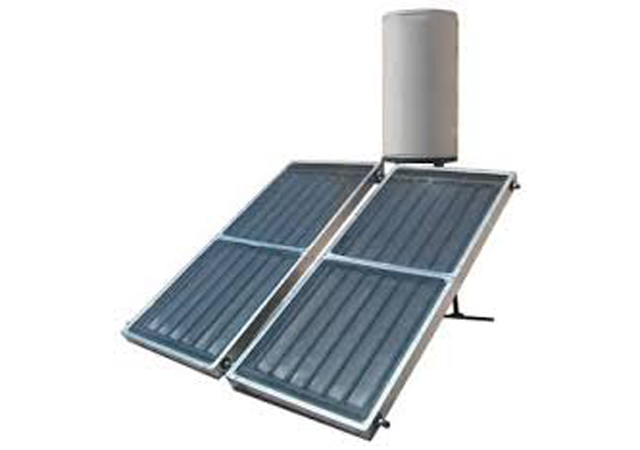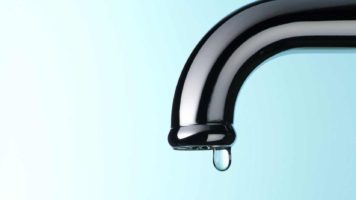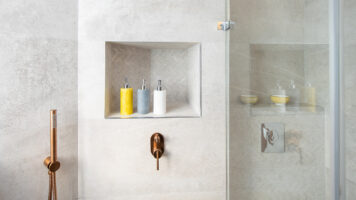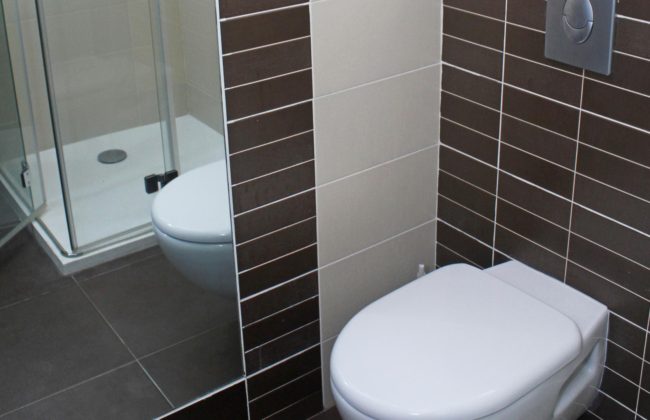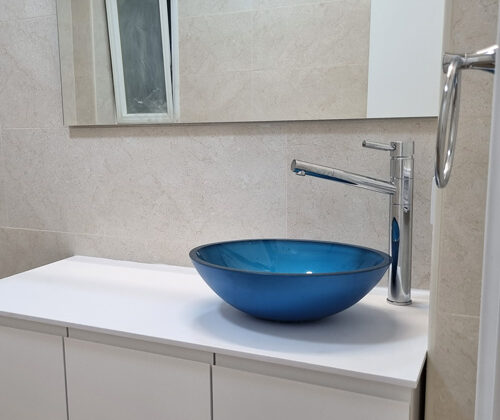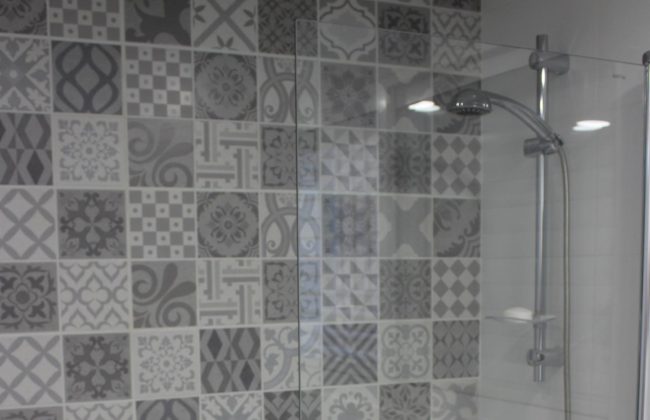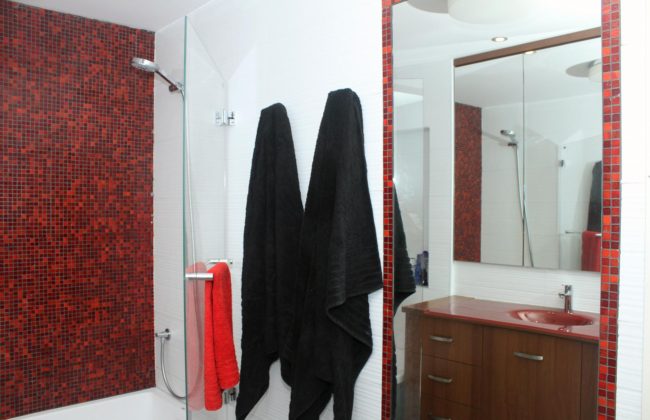Living in a hot country might have its disadvantages with hot, sweaty summers, but when it comes to solar generated hot water, it really is a big plus.
With eight or nine sunny months in most of the country, we need to understand how to take full of advantage of our solar water system.
Most buildings and houses have some kind of solar generated system, whether it be an individual system (a boiler and solar panel per family) or a building solar system (several panels working in series with a pump and other important components).
During the spring and summer months, these systems should be generating hot water all the time that the sun is beating down on the panels, provided enough for a family throughout the day and most of the evening. This can save a lot of money over these months avoiding having to use the electrical switch.
So, what could be the issues when they go wrong?
Individual Systems
The solar panels could be very dusty. Therefore the reflection of the sun on the glass could be restricted. The remedy – the panels should be washed with water.
The solar panel could be leaking – we would not always see this because they are usually on the roof and out of sight. When they leak, some or all of the hot water could be escaping. It could also wind up giving you a high water bill at the end of the month. In these cases, if it is a connection or a pipe, it could be repaired. If it is the solar panel itself, it might need to be replaced.
The solar panel could be blocked. After several years, the panels can become clogged due to lime scale or rust. These blockages restrict the circulation of hot water to the boiler. Thus, you might only be getting lukewarm water or no hot water at all even on the hottest days.
Building systems
These systems work differently to the individual one and it is usually the Vaad Bayit who is responsible for maintaining them.
The three possible problems with the individual solar panels can definitely be applied to the building panels. These should be investigated first. If there are no leaks or dust on the panels, there are several other components that could be malfunctioning.
The pump, responsible for ensuring the circulation of water through the system, could be corroded and jammed, or the pump motor (usually after several years of use) can simply burn out. In some of these cases, the pump can be repaired. In others, it would need to be replaced.
The system has a motherboard, two hot water sensors and wiring running between them. Any of these parts could malfunction at any given time , a wire could dry out due to exposure to the sun or a bird could peck at it and cause a break. Any of these malfunctions would cause the entire system to shut down and in many cases components would need to be replaced.
No matter what type of hot water system you have, it is worth dealing with any of the aforementioned issues at the beginning of the spring and not at the end of the summer. The initial expense of repair is usually cost effective and far outweighs the cost of using your electrical switch throughout the sunny season.
